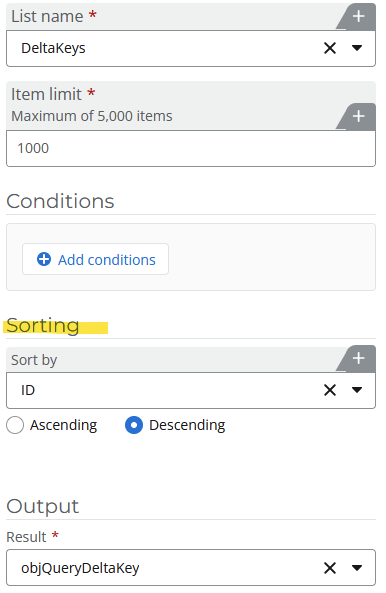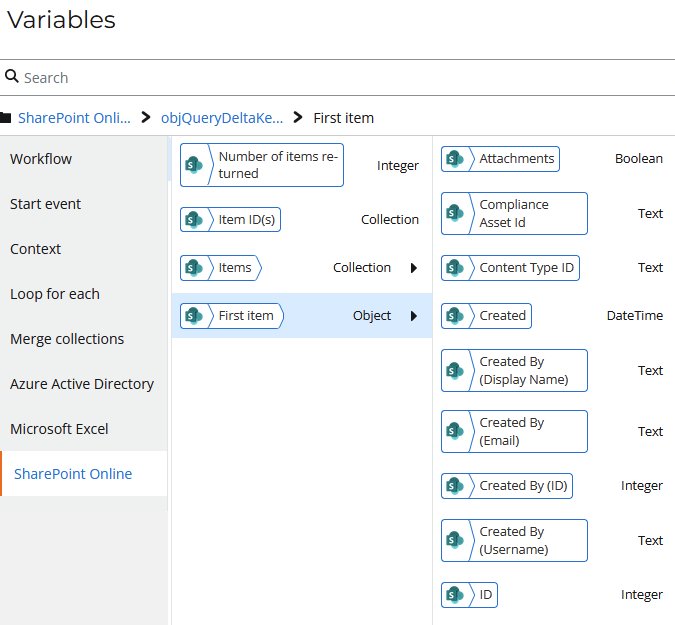I have a SharePoint list containing two columns:
- Dates
- Date Type
Date Type is a event while Dates contains the corresponding date to said event.
In my Nintex workflow, I am attempting to query a list in which it's been filtered where Date Type equals the name of the event AND Dates contains the MAX day for the current month. The latter is what I can't seem to get right. Can anyone provide some insight?






